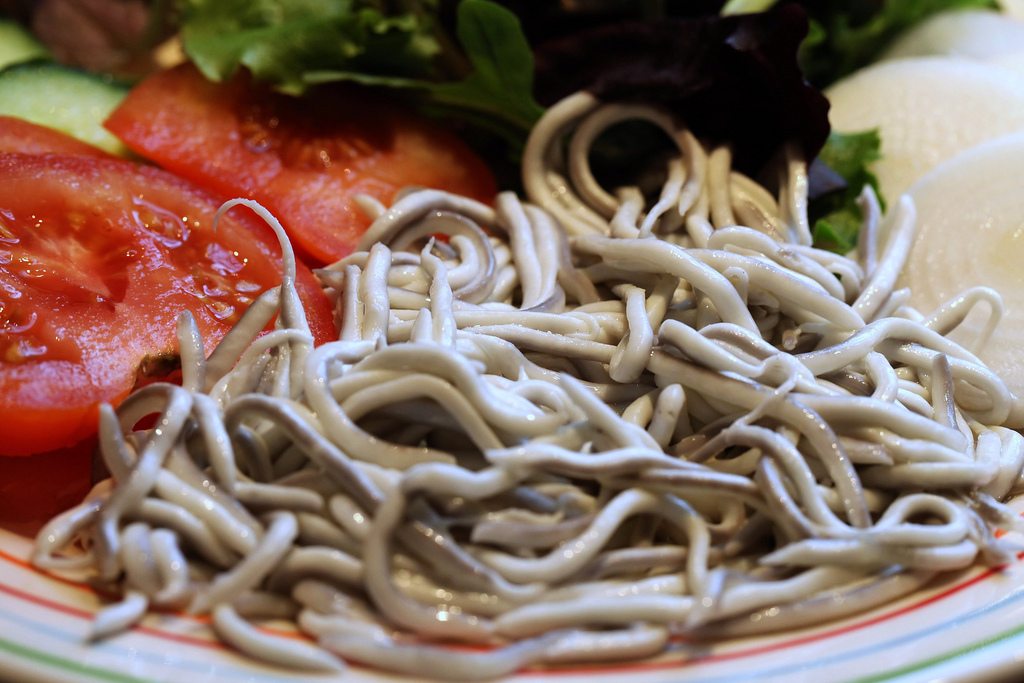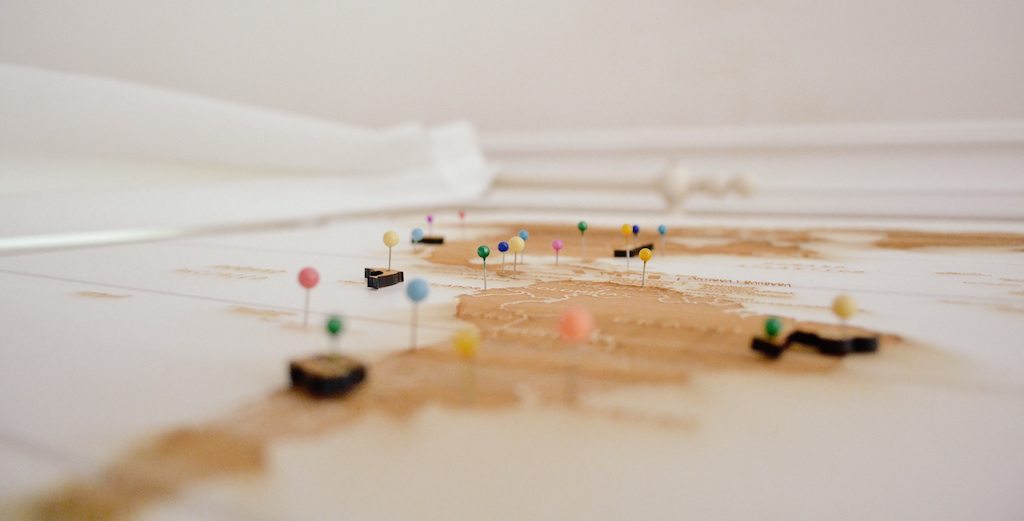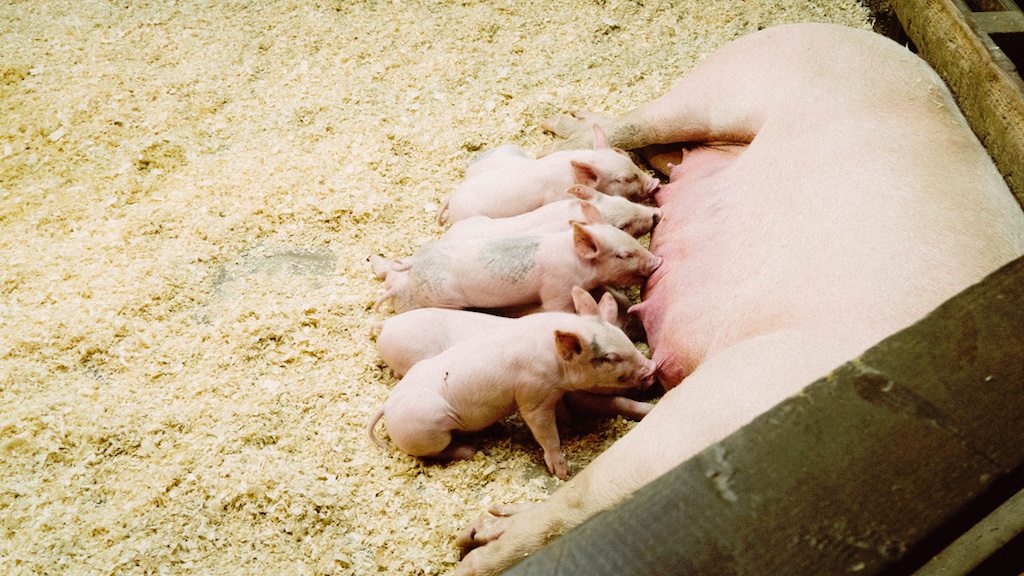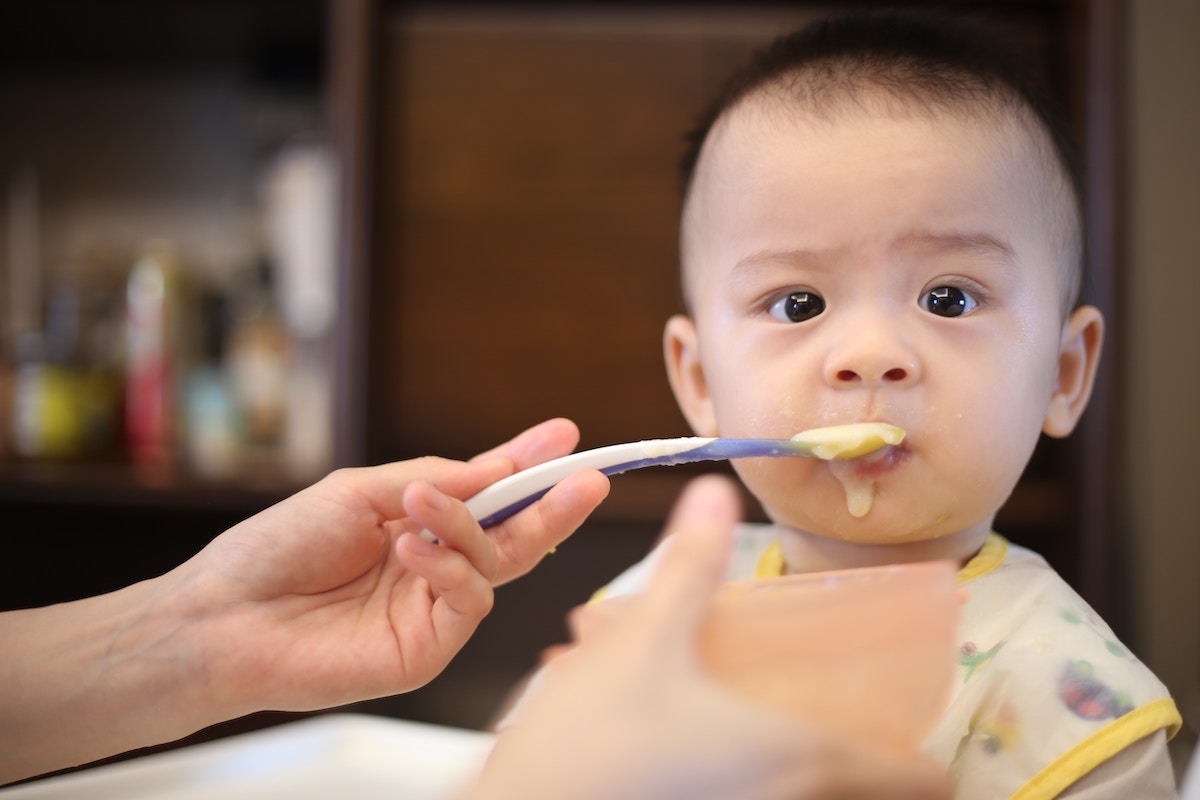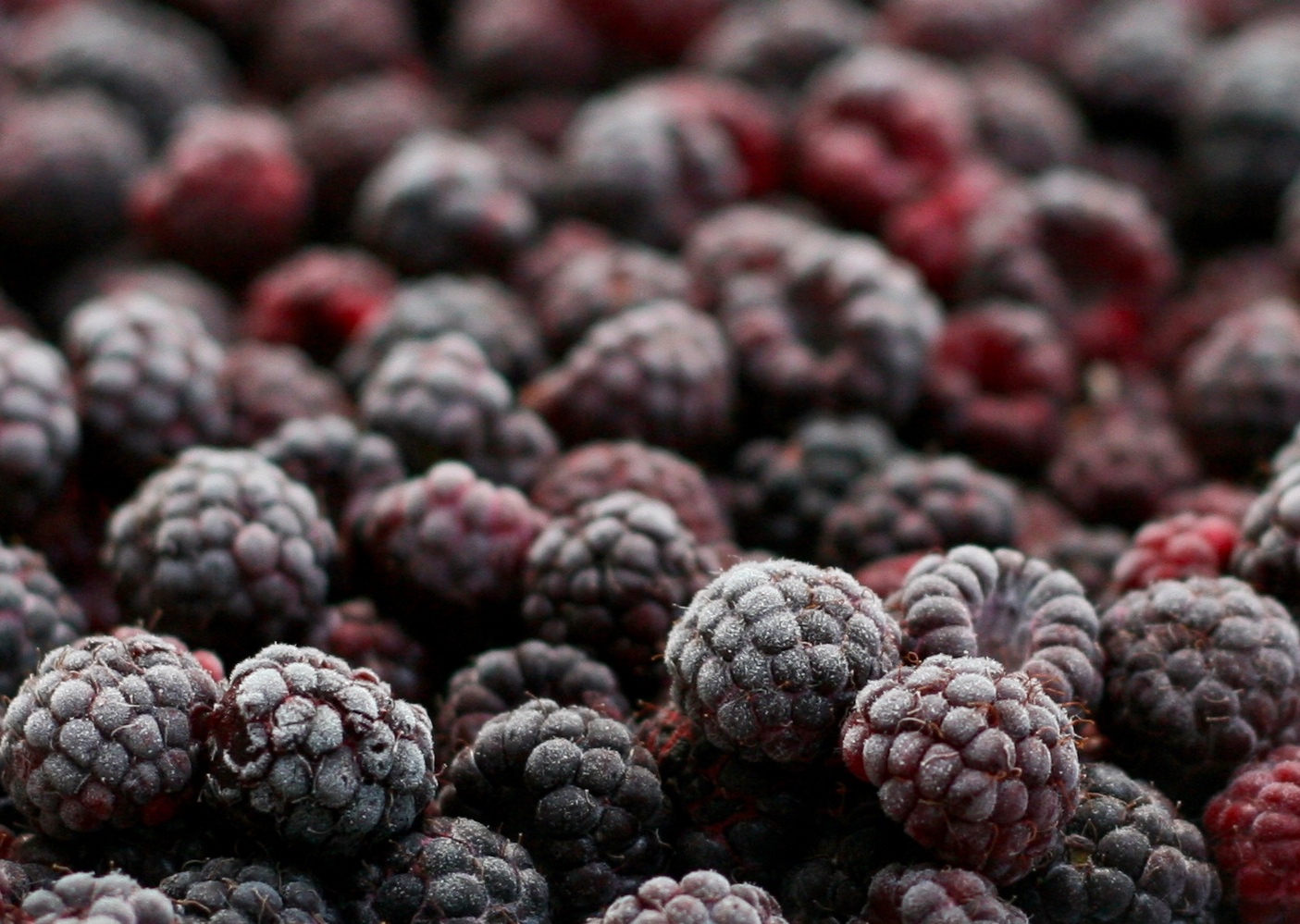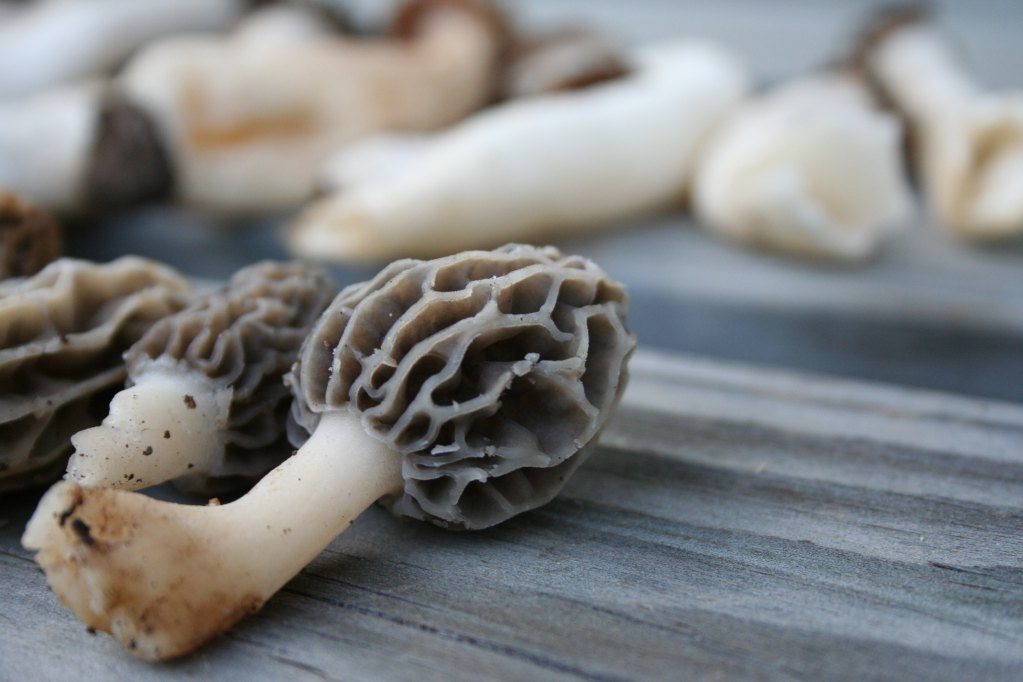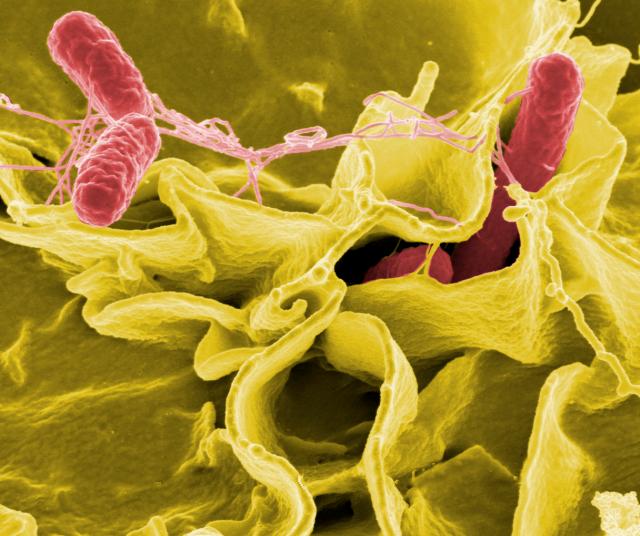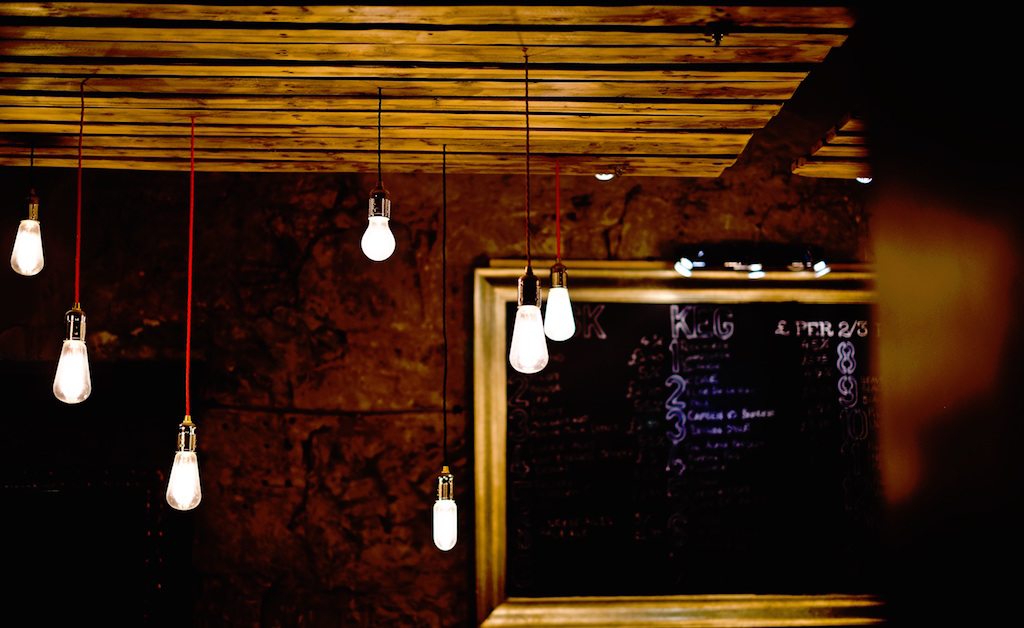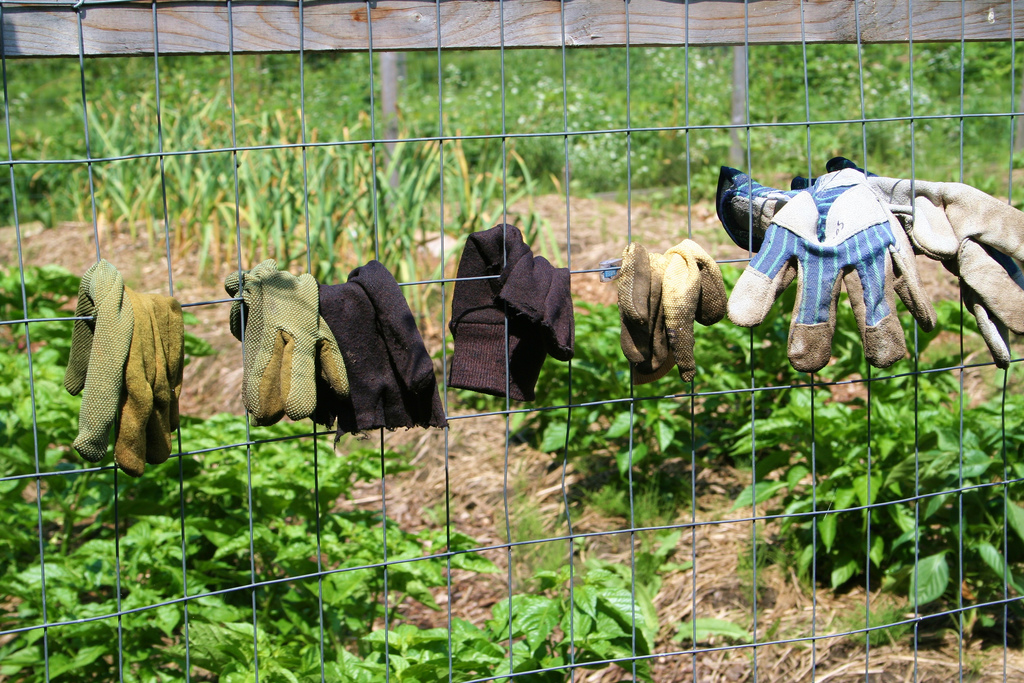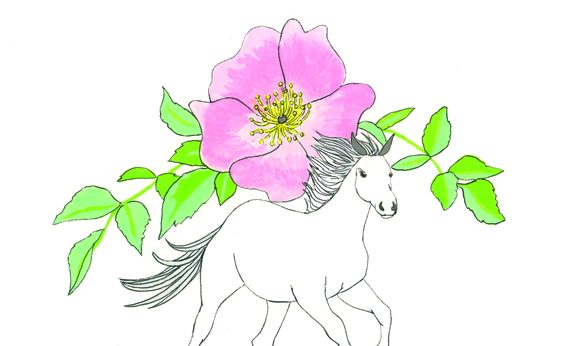
Here’s a truth about people who work in food: they don’t always tell good food stories. They don’t have to. Real food speaks for itself, with expressive smells and bright colors, tastes and textures that entertain the tongue. But to tell a good food story, in the absence of all that sensory data, you need perspective—the artist’s ability to bring images, thoughts, and feelings to representative life. Artists are used to working in two dimensions—the stage, the canvas, the page. They, as it turns out, tell stories pretty well.
In The Artists’ and Writers’ Cookbook, a collection published this week by powerHouse Books and edited by Natalie Eve Garrett, seventy-six writers and artists share recipes accompanied by personal essays and illustrations by Amy Jean Porter. The collection is inspired by a 1961 anthology of the same name, and it peers into the kitchens of contemporary artists including Marina Abramovic, Aimee Bender, and Padgett Powell. With the exception of Ruth Reichl, none of the contributors are food writers or chefs—and that’s part of the delight. “Both artists and writers are great observers and dreamers, and I think that makes for vivid, imaginative stories,” Garrett says. Novelist T.C. Boyle’s recipe, for instance, calls for a whole camel, while novelist and shorty story writer Anthony Doerr prefers to forage huckleberries. Author and actress Esmeralda Santiago recalls how leaving her Puerto Rico as a teenager changed her relationship to meat:
Mami and Papi struggled to feed us and we learned not to be squeamish about what was placed before us. We begged for the chicken wings, the neck, the gizzards. We argued over who’d get the roasted pig’s crispy tail or ears. We ate tripe stew and salted pig’s feet with garbanzos. And all of us understood that our animals were our prospective meals….
A whole new world of food was introduced to me when we moved to the United States when I was a teenager. Hamburgers, hot dogs, salami, bologna, corned beef and pastrami—I tried it all. But when I left home and could control my own diet, I became a vegetarian. Packaged, sterile meats never tasted right. They were too tender, almost slimy to my tongue, and their bland, processed flavors, unimproved by generous amounts of familiar spices, were insipid compared to the gamy tang I was used to.
So, if you’ve ever pondered how actor James Franco likes his PB&J (with a pickle and a Canada Dry), how Big Fish author Daniel Wallace eats his eggplant (roasted), or what Joyce Carol Oates cooks while grieving (omelet, onion, smoked salmon), well, so did Garrett. And she got them to dish—some with a wedge of wit, some with a recipe for reverie. Fair warning, though: the measurements are by no means exact.
The following interview has been edited for length and clarity.
 Amy Jean Porter
Amy Jean Porter Tell us a little more about the original Artists and Writers Cookbook.
I decided to make the book three years ago, when I was busily taking care of my baby boy and toddler girl, and also trying to paint, write, cook, and publish. I was turning over various book ideas when one day I read in Brain Pickings about TAAWC from 1961, a rare book which has been out of print for years. It includes 220 recipes from luminaries including Man Ray, Marianne Moore, Helen Frankenthaler, and Harper Lee, with a foreword by Alice B. Toklas and illustrations by Marcel Duchamp, Robert Osborn, and Alexandre Istrati. I was lucky to immediately snag a copy on Ebay. Reading it, I felt like all of my passions were coming together. I knew right away that I had to make a modern version.
The biggest difference between the book from 55 years ago and mine is my emphasis on stories. The original version is wholly charming, and it includes some anecdotes, but stories are not the focus. For me, though, that was by far the most fascinating part of the book. When I read it, I didn’t just want to know what Marianne Moore cooked (she shared a pudding recipe), I wanted the story behind each recipe.
Many of these stories and recipes don’t have an obvious visual tie-in. How did Amy Jean Porter approach those?
The ’61 version is also an illustrated cookbook, with small black and white illustrations, and I think illustrations help emphasize the stories, as opposed to photographs that would shift the focus onto the physicality of the dishes themselves. So, I always wanted it to be illustrated, but I wanted this version to be bolder and brighter and dreamier. I’m a huge fan of fabulism and fairy tales and surrealism, and knew that I wanted the illustrations to reflect that sensibility by honing in on aspects the stories in addition to illustrating the food. Happily, after I sold the book to powerHouse Books, they allowed me to select an illustrator to work with. Amy Jean Porter is one of my oldest and dearest friends. I’ve known her since I was 16; we were studio mates at Yale, housemates on 9th Street in the East Village and then 9th Street in Brooklyn. It was lovely to collaborate with someone who understands and shares my sensibility, and even sweeter that she’s also someone I personally admire and adore.
 Amy Jean Porter
Amy Jean Porter Did any of the recipes, either in the 1961 edition or in your own book, become staples in your own kitchen?
Well the recipe in the book that I make the most often is definitely my Disgustingly Good Cookies! But I also love Maile Meloy’s muffins, Manil Suri’s pie, and all of Francesca Lia Block’s scrumptious dishes. As for the version from 55 years ago, Harper Lee’s “Crackling Bread” recipe is a favorite, but solely as food for the imagination, since I’ve never attempted it. It begins, “First, catch your pig…” and ends, “Some historians say that this recipe alone fell the Confederacy.”
How did you decide which contributors to ask?
My selection process was personal: I invited the artists and writers that I most admire. My hope was to include wonderful artists and writers from all over the country with a varied backgrounds, perspectives, and dishes to share. There are so many great cookbooks that hone in on one particular region of the world; for me, though, there’s something magical about this book containing stories and recipes by way of Vietnam, Jamaica, and Bombay, as well as New Orleans, Los Angeles, and the mountains of Idaho.
 Amy Jean Porter
Amy Jean Porter What surprised you most about the submissions?
For the most part, I reached out to complete strangers. With some contributors, I’d reach out, and a week later (or once, the next day) an essay and recipe would land in my inbox. But with others, I’d have an extended discussion about various possibilities. I tried to cultivate whimsy, and encouraged contributors to share memories of favorite dishes but also to feel free to share almost-disastrous ones, or to conjure up imaginary foods.
You’re a writer. What was challenging about editing such big literary and artistic names?
It definitely wasn’t easy to get in touch with so many artists and writers (there were contributors who I wooed for months or even years), and then coax them to share intimate memories plus a recipe with someone they’ve never met. And it must have been such a leap of faith for everyone to even open my email, let alone share something so personal.
Did editing the book change your relationship with food?
In so many ways, this was the perfect book for me to make. I’ve always loved to eat and to talk about food. I come from a family that would regularly discuss dinner plans over breakfast; we were always planning at least one if not two meals ahead. That’s not to say that we weren’t enjoying what we were eating, we just loved to talk about food and think about food and plan absolutely everything. Now that the book is complete, I know I’ll never look at cheese again without laughing and thinking of Ed Park; parsley will forever remind me of Neil Gaiman’s eerie omelette; pork reminds me of Esmeralda Santiago’s childhood in Puerto Rico; and of course I can’t make PB&J for my kids without thinking of James Franco’s perfect closing line: “Get to work, suckas.”

